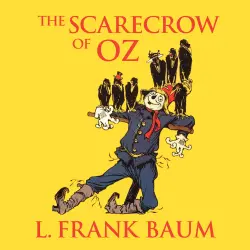
Hot Science - How Einstein's Spacetime Ripples Reveal the Secrets of the Universe
Brian Clegg
Este audiolibro no está disponible en tu territorio.
Unabridged
4 horas 52 minutos
Nota: La reproducción de los audiolibros o de las obras de audio en las respectivas plataformas, por ejemplo Spotify, puede generar gastos. Lismio no tiene ninguna influencia sobre qué audiolibros y obras de audio están disponibles en el servicio.
Algunos artículos contienen enlaces de afiliados (marcados con un asterisco *). Si hace clic en estos enlaces y compra productos, recibiremos una pequeña comisión sin coste adicional para usted. Su apoyo ayuda a mantener este sitio en funcionamiento y a seguir creando contenidos útiles. Gracias por su apoyo.
De la editorial
On September 14, 2015, after fifty years of searching, gravitational waves were detected for the first time, and astronomy changed forever. Up until then, investigation of the universe had depended on electromagnetic radiation: visible light, radio, X-rays, and the rest. But gravitational waves-ripples in the fabric of space and time-are unrelenting, passing through barriers that stop light dead. At the two 2.5 mile long LIGO observatories in the US, scientists developed incredibly sensitive detectors, capable of spotting a movement 100 times smaller than the nucleus of an atom. In 2015, they spotted the ripples produced by two black holes spiraling into each other, setting spacetime quivering. This was the first time black holes had ever been directly detected-and it promises far more for the future of astronomy.








